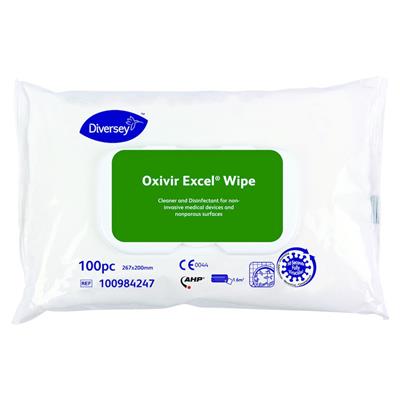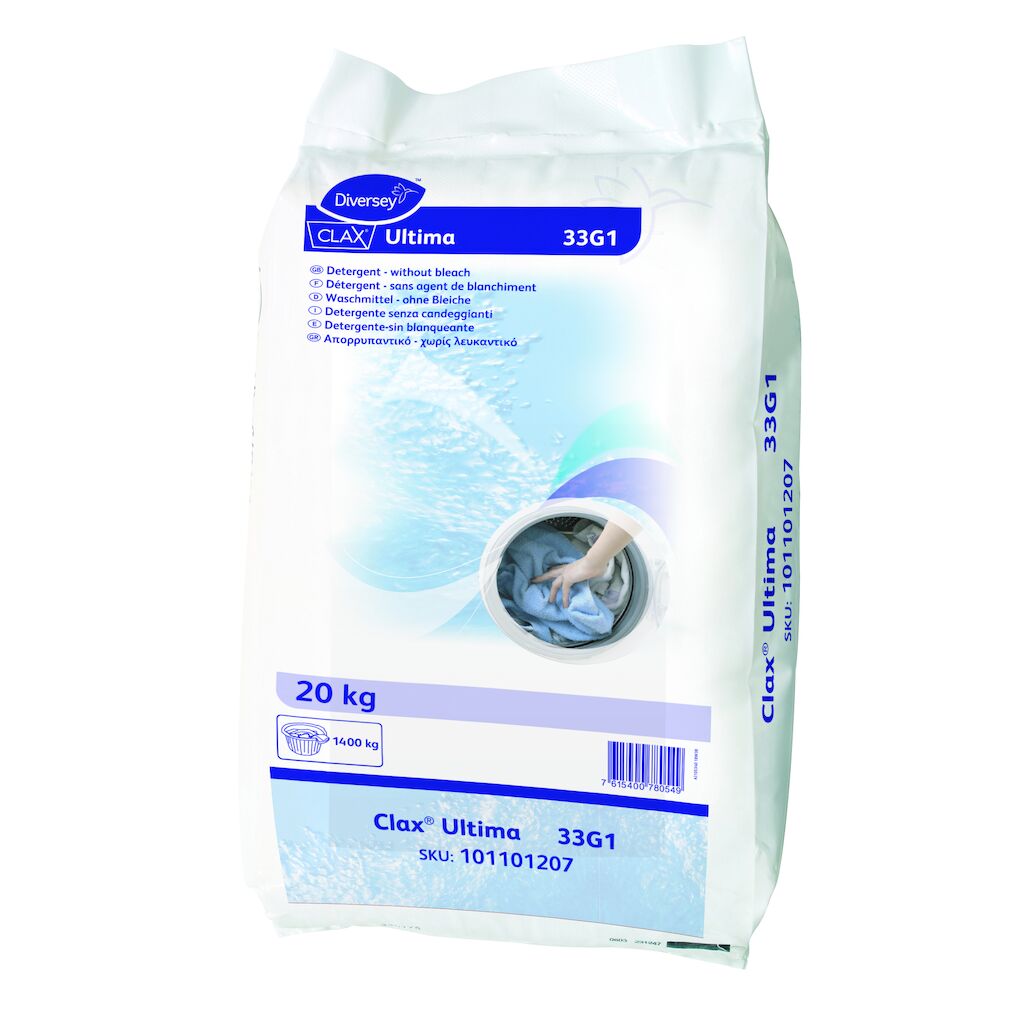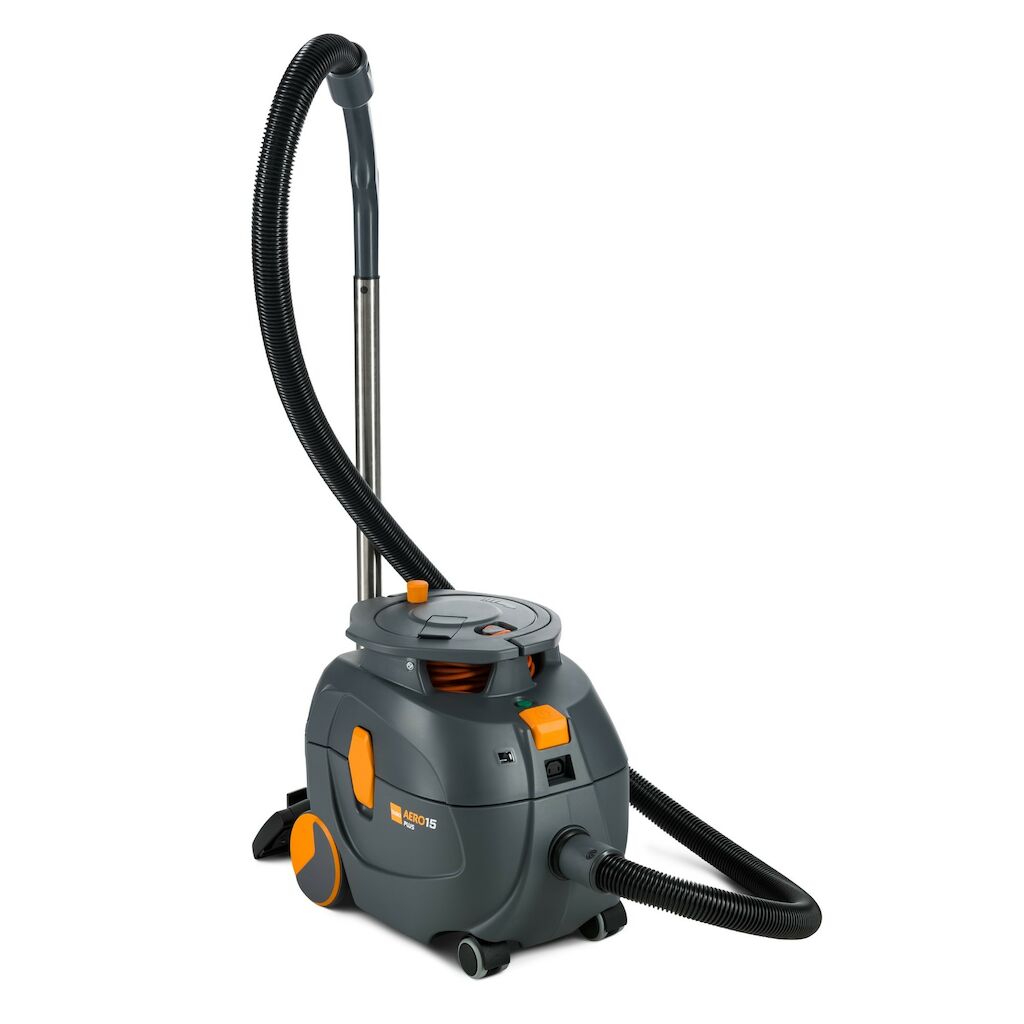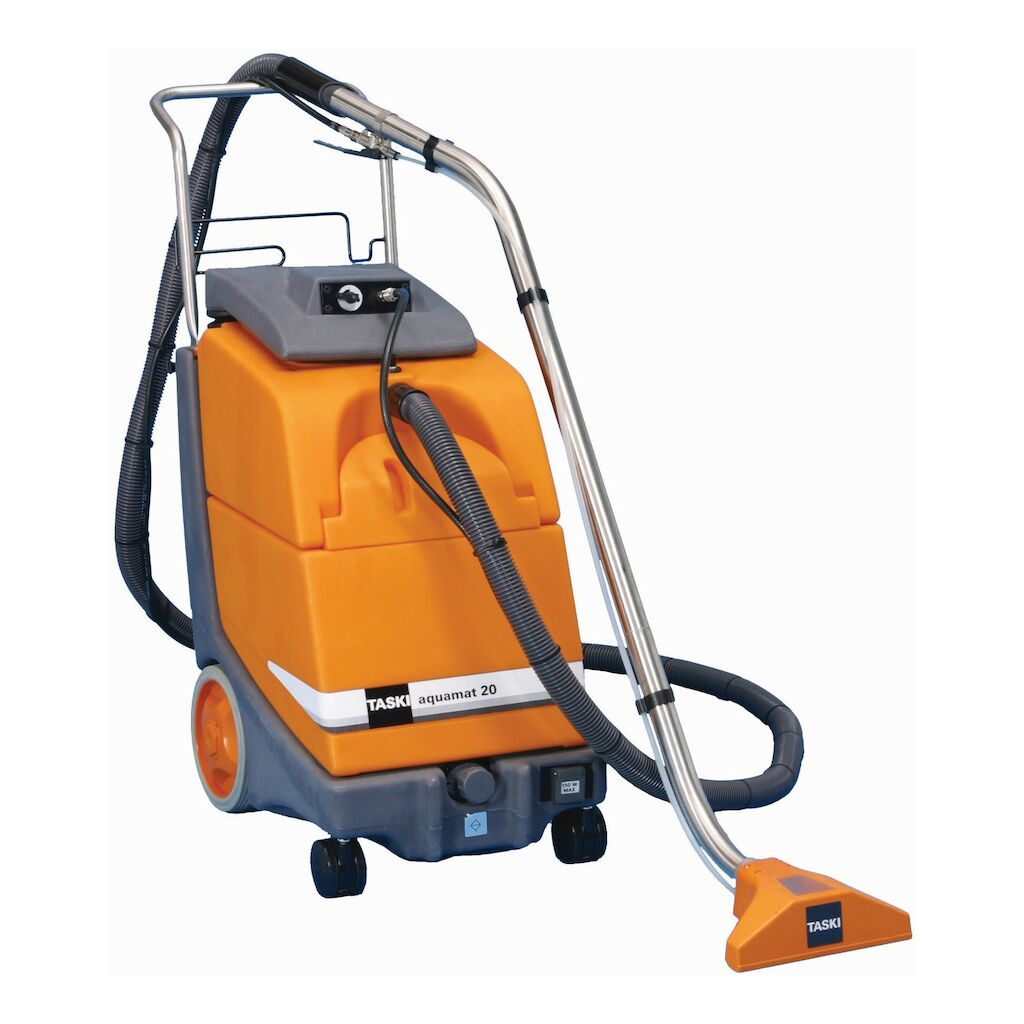
25.11.24
A deeper look at the potential of nanotechnology in cleaning
Silver nanoparticles incorporated into textiles such as microfiber cloths is an interesting technology that could provide a sustainable solution for replacing detergents or disinfectants. We have investigated the potential of this technology in some detail, but have not been able to determine whether the silver nanoparticles prevent the spread of microorganisms picked up by the cloth used or whether they improve soil removal.

Could silver nanoparticles incorporated into microfiber cloths replace cleaning agents or disinfectants?
Microfiber cloths with silver nanoparticles are new cleaning products coming onto the market aimed at customers who want to improve their company’s sustainability profile. These products usually claim that water can replace the use of detergents or disinfectants. The products may even suggest an antimicrobial effect against fungi, yeast, viruses or bacteria.
The claimed antimicrobial effect is based on scientific publications on silver nanotechnology or on the alleged antimicrobial properties of the silver ions themselves, as there is no recognized standardized method to prove the antimicrobial properties of technologies such as microfiber cloths with silver nanoparticles. In some cases, a standardized test method (AATCC 100) was used, but the contact time for the test was between 18 and 24 hours. In practice, the microfiber cloth with silver nanoparticles would have been washed at 60 °C within this time, which would have killed most of the microorganisms present. There is also no clarity on how such a product can be registered under the Biocidal Products Regulation.
Environmental impact and health concerns from silver nanotechnology
The incorporation of silver nanoparticles into textiles is becoming increasingly common in the textile industry as consumers desire self-cleaning or bacteria-free clothing (https://www.sciencedirect.com/science/article/pii/S0928493118322045). The antimicrobial performance of these silver nanoparticles incorporated into textiles depends on the amount of silver ions or nanoparticles released from the material. This means that the silver nanoparticles can be released into the environment when the textile is washed or get into the sweat of the skin when the textile is worn. This has caused great concern about the impact silver nanotechnology could have on the environment and whether it is toxic to humans (Ferdous 2020), which requires further investigation by the authorities.
It is claimed that microfiber cloths with silver nanoparticles can be used with water alone to remove microorganisms from surfaces, but depending on the manufacturer, this also applies to microfiber cloths. In one scientific study, for example, microfiber cloths used with water were shown to remove between 1 log (90%) and 3 log (99.9%) of bacteria from the surface after cleaning (Robertson 2019). However, the microfiber cloth used transferred 3 log (99.9%) to 5 log (99.999%) of ingested bacteria to a new surface. So if the microfiber cloth is only used with water, the bacteria are removed, but they can be transferred to other surfaces.
A 3 log (99.92% to 99.97%) reduction in the test microorganism was observed when evaluating the results reported for a commercial microfiber cloth with silver nanoparticles that promises antimicrobial activity when used with water. The log reduction was similar for both the microfiber cloth and the commercial microfiber cloth with silver nanoparticles when used with water. The commercial cloth also performed better than the cotton cloth in removing microorganisms, but this is also true for microfiber cloths (Trajtman 2015). It is not clear what the differences are between microfiber cloths with silver nanoparticles and existing microfiber cloths, and more information is needed to identify the benefits of silver nanoparticles. It is also important to understand whether microorganisms are transferred when using commercially available microfiber cloths with silver nanoparticles when cleaned with water, as this could be similar to the use of microfiber cloths.
Since there are no standardized methods for understanding the antimicrobial properties of microfiber cloths with silver nanoparticles and a contact time of less than 18 hours, it cannot be claimed that these products can replace detergents or disinfectants. Disinfectants can usually develop an antimicrobial effect within minutes, and both detergents and disinfectants prevent the spread of microorganisms from the cloth used to other surfaces during cleaning (Robertson 2019). Using a detergent with a microfiber cloth removed between 3 log (99.9%) and 5 log (99.999%) of bacteria, and less than 1 log was transferred to a new surface. Similarly, the disinfectant removed between 4 log (99.99%) and 6 log (99.9999%) of bacteria, and less than 1 log was transferred to a new surface. There may be differences depending on which microorganisms or products are tested, but this information demonstrates that the use of detergents and disinfectants is still important to remove microorganisms during cleaning and prevent their transfer to new surfaces, thus reducing the spread of pathogens throughout the building.
Summary
In summary, while silver nanotechnology is interesting, it remains a new terrain that requires regulation to understand its impact on the market and ensure consumer safety. The microfiber cloth with silver nanoparticles does remove microorganisms from surfaces when used, but there is a lack of evidence that the silver nanoparticles are necessary to remove microorganisms through the microfiber cloth. A comparison of the technology with conventional microfiber cloths when using water, detergents and disinfectants is required. This is necessary to understand whether the microorganisms picked up are transferred to other surfaces during cleaning. Antimicrobial claims supported by standardized test methods are also still lacking, as the method currently used has a contact time of 18 to 24 hours and within this time the microorganisms would have been transferred to new surfaces during use.
References
- Microbial Investigations Switzerland. (2023, August 2). AATCC 100 Test Antibacterial Finishes on Textile Materials: Assessment.
- Deshmukh, S. P., Patil, S. M., Mullani, S. B., & Delekar, S. D. (2019). Silver nanoparticles as an effective disinfectant: A review. Materials Science and Engineering: C, 97, 954–965. https://www.sciencedirect.com/science/article/pii/S0928493118322045
- Ferdous, Z., & Nemmar, A. (2020). Health Impact of Silver Nanoparticles: A Review of the Biodistribution and Toxicity Following Various Routes of Exposure. International Journal of Molecular Sciences, 21(7). https://doi.org/10.3390/ijms21072375
- Robertson, A., Barrell, M., & Maillard, J.-Y. (2019). Combining detergent/disinfectant with microfibre material provides a better control of microbial contaminants on surfaces than the use of water alone. Journal of Hospital Infection, 103(1), e101–e104. https://doi.org/https://doi.org/10.1016/j.jhin.2019.05.005
- Trajtman, A. N., Manickam, K., & Alfa, M. J. (2015). Microfiber cloths reduce the transfer of Clostridium difficile spores to environmental surfaces compared with cotton cloths. American Journal of Infection Control, 43(7), 686–689. https://doi.org/10.1016/j.ajic.2015.03.002













